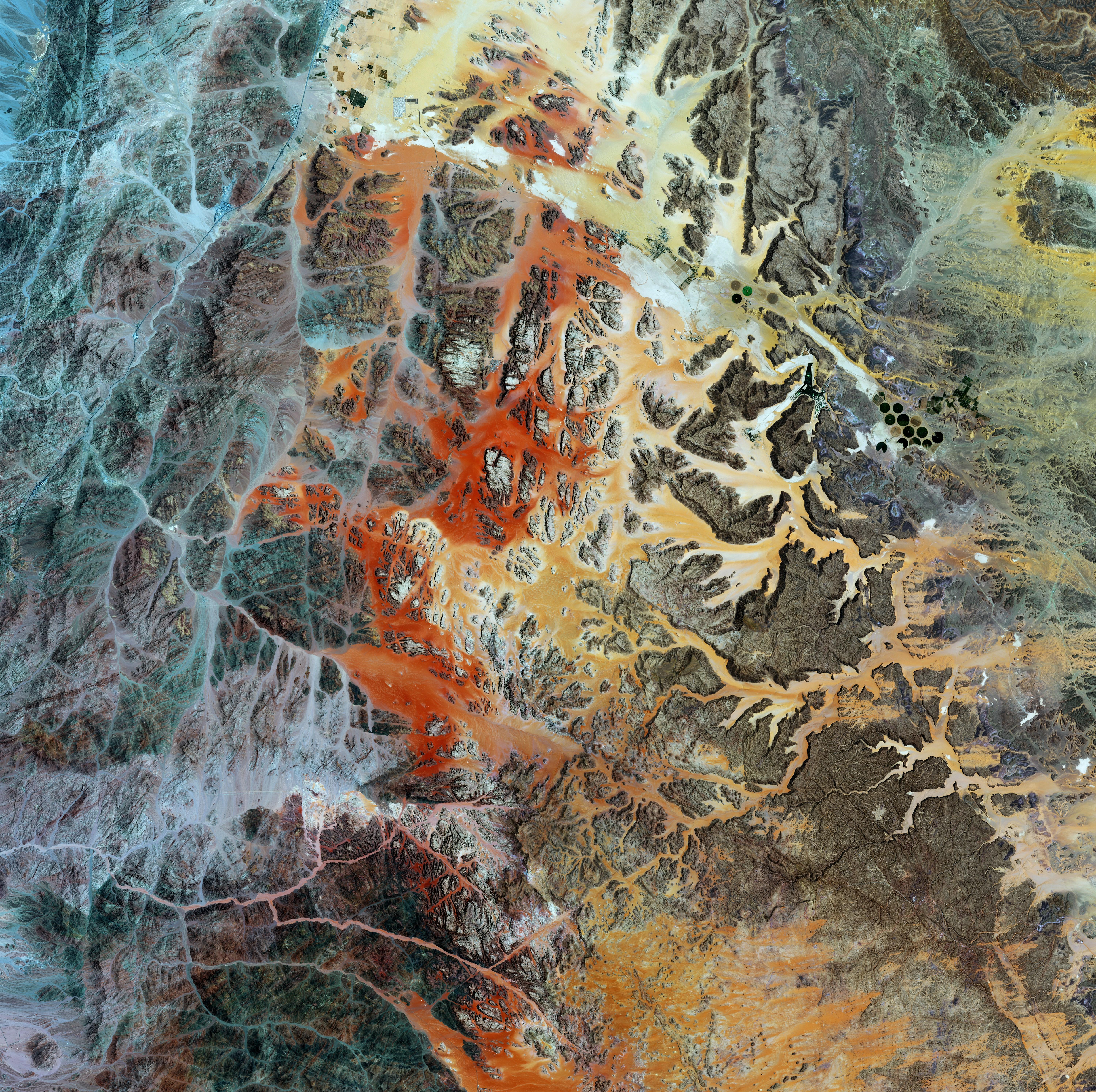Jordan Peele has swiftly emerged as a pivotal figure in modern cinema, deftly reshaping the landscape of horror with his uniquely cerebral approach. With a background rooted in comedy, Peele’s foray into horror has been nothing short of transformative, offering audiences a fresh perspective that intertwines social commentary with the genre’s traditional elements of suspense and fear. His films, often described as brilliantly twisted, challenge conventional narratives and invite viewers to explore the underlying societal issues that lurk beneath the surface of everyday life. This article delves into the intricacies of Peele’s horror films, examining how his innovative storytelling and keen eye for detail have redefined the genre, while simultaneously provoking thought and discussion on the complexities of the human experience. Through an analytical lens, we will explore the thematic depth and cinematic techniques that have established Peele as a master of modern horror, crafting narratives that are as intellectually engaging as they are terrifying.
Exploring the Subversion of Traditional Horror Tropes
Jordan Peele‘s horror films have gained acclaim for their masterful subversion of traditional horror tropes, offering audiences a fresh perspective on the genre. Instead of relying on the predictable jump scares and formulaic plotlines, Peele crafts narratives that delve into the psychological and societal underpinnings of fear. His work often features characters that defy typical horror archetypes, such as the helpless victim or the all-knowing villain. By doing so, Peele challenges viewers to reconsider their preconceived notions about horror and the societal issues it can reflect.
- Complex Characters: Peele’s characters are multi-dimensional, often grappling with internal conflicts that mirror external threats. This depth adds layers to the horror, making it not just about survival but also about self-discovery.
- Social Commentary: By embedding themes of race, class, and identity into his narratives, Peele uses horror as a lens to explore real-world issues. This approach transforms the genre from mere entertainment to a platform for critical reflection.
- Subverted Expectations: Peele frequently twists conventional storylines, leading audiences down unexpected paths. This unpredictability keeps viewers engaged and heightens the tension, as the usual horror ”rules” no longer apply.
In Peele’s films, the horror often stems from the ordinary, making the familiar unsettling and the mundane terrifying. This innovative approach not only reinvigorates the genre but also invites audiences to explore the deeper meanings hidden within the shadows of his brilliantly twisted worlds.
Analyzing Social Commentary and Cultural Reflections
Jordan Peele’s films are a masterclass in weaving social commentary with horror, utilizing the genre as a lens through which the audience can examine societal issues. His works, such as Get Out and Us, are not just about scares but about the profound reflection on cultural identity and racial dynamics. Peele’s narratives are intricately layered, often embedding critiques of systemic racism, class disparities, and the duality of human nature. By presenting these themes through the distorted mirror of horror, Peele challenges viewers to confront uncomfortable truths about society, while simultaneously engaging them with gripping storytelling.
- Subversion of Expectations: Peele flips traditional horror tropes to highlight societal fears.
- Symbolic Imagery: His films are rich with symbols that critique and reflect cultural issues.
- Character Depth: Characters often serve as allegories for broader social commentaries.
Peele’s genius lies in his ability to make the audience reflect on these cultural commentaries long after the credits roll. His films are a testament to how horror can be a vehicle for profound social reflection, encouraging discussions that might not arise in other genres. The horror elements amplify the urgency and importance of these discussions, making them both impactful and unsettling.

The Role of Visual and Sound Design in Crafting Suspense
In the realm of Jordan Peele’s horror films, visual and sound design emerge as critical elements that elevate the suspenseful narrative. Peele masterfully utilizes visual cues to evoke a sense of unease and anticipation. The choice of color palettes, often muted with stark contrasts, serves to enhance the eerie atmosphere. The use of unsettling imagery, like distorted reflections or shadowy figures, compels the audience to question the reality being portrayed, keeping them on edge. This meticulous attention to visual details ensures that every frame contributes to the overarching sense of dread.
Sound design in Peele’s films operates as an invisible hand, guiding the emotional responses of the audience. The strategic use of silence can be as powerful as the jarring crescendos of a score, creating a tension that is almost palpable. Key sound design elements include:
- Ambient noises that suggest an unseen presence.
- Discordant musical notes that disrupt the viewer’s comfort.
- Layered soundscapes that mimic the chaotic internal struggles of the characters.
This intricate sound tapestry, when combined with visual storytelling, crafts an immersive experience that leaves audiences both captivated and unsettled, a testament to Peele’s prowess in the horror genre.

Character Development and Psychological Depth in Peeles Films
Jordan Peele’s horror films stand out for their intricate character development and profound psychological depth, which transcend traditional genre boundaries. Each character is meticulously crafted, serving as a mirror reflecting the societal issues Peele aims to critique. In Get Out, Chris Washington is more than just a protagonist trapped in a terrifying situation; he embodies the silent struggles and internal conflicts faced by many African Americans in predominantly white spaces. Peele uses his characters not just as vessels for fear, but as conduits for empathy and understanding, allowing audiences to delve into their psyches and uncover the layers of their motivations and fears.
- Complex Motivations: Characters often have multifaceted motives that evolve throughout the narrative, challenging viewers to question their initial judgments.
- Realistic Interactions: The dialogues and relationships between characters are crafted to reveal psychological nuances, making their experiences relatable yet unsettling.
- Symbolic Representation: Each character often symbolizes broader societal themes, adding layers of meaning to their psychological portrayal.
By intertwining horror with the exploration of the human psyche, Peele crafts a narrative that not only scares but also provokes thought, leaving a lasting impact long after the credits roll.
